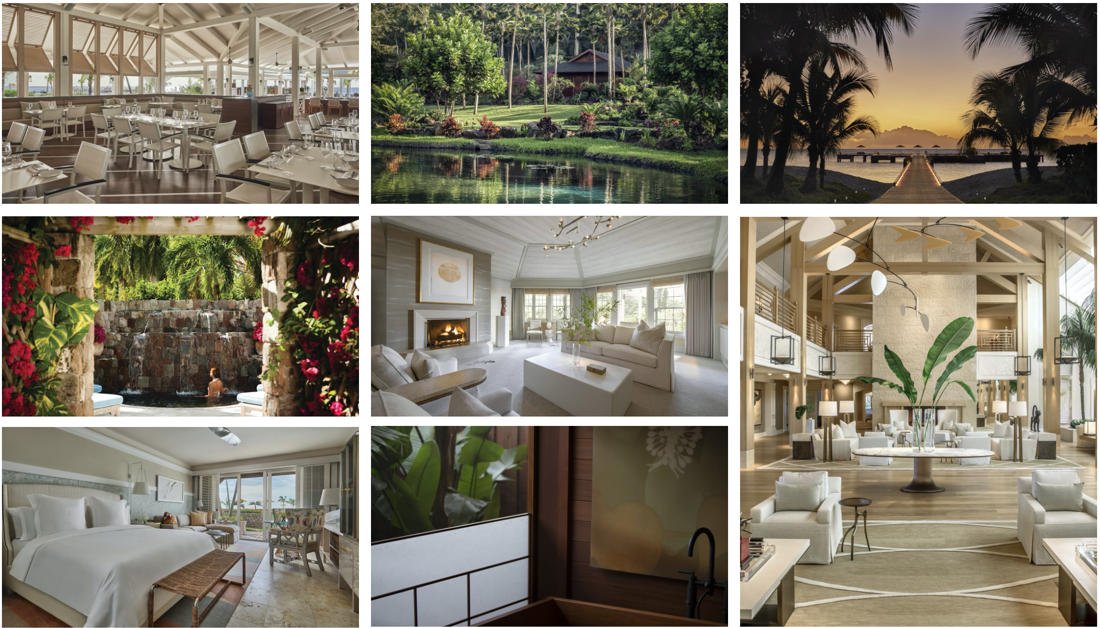The DLN audience was joined by Dana Kalczak, most recently the Vice President, Design at Four Seasons and Todd-Avery Lenahan, President and Chief Creative Officer of the newly formed Wynn Design and Development for the latest Expert Access on hospitality design. See below for highlights of the conversation.
What has been the industry’s response to the urgency for change presented by COVID-19?
- Four Seasons had never seen an event this catastrophic, with many closures around the globe. They then had to determine and navigate all of the logistics and the difficulties around acquiring necessary PPE supplies.
- As a society, we have created so many barriers to mitigate risk during the pandemic. This is at its core in contrast to what it takes to provide excellent hospitality services.
- The earliest initiatives have been focused on keeping staff safe cared for and retained. Then, the next phase became, “What do we do for our guests?”
Immediate response aside, what might the future look like for firms and brands that service the industry?
- Historically, some of the most important cultural and technological advancements have come from times like this. Therefore, it’s important to strike an optimistic tone to keep dreaming towards the future.
- In times of crisis, if you work at it and look at it in a different way, something will come through as a solution for the future. This is not a time to despair.
- Necessity is the mother of invention. There have already been some great ideas and adjustments in hotels. One example is having discrete, elegant bronze plaques on tables that have a QR code guests can scan to view menus – and the response has been amazing.
- For check-in, it’s always been viewed that self-service is not an appropriate experience for 5-star hotels. How do we flip this paradigm in a smart way where guests feel safe, but not neglected?
Is the crisis affecting design styles, aesthetically, as opposed to where trends were heading before the crisis? Is there a renovation cycle that is shifting as a result of COVID-19?
- There will certainly be an influence on guest spaces on decorations that are deemed unnecessary or as greater opportunities for bacteria to live. Simplicity and elegance will be the new design direction, as well as avoiding “clutter.”
- Some of these design alterations, like a hardwood floor instead of carpet, come at a greater expense. You must determine if it is worth it for the guest experience moving forward. Soft surfaces present opportunities to be microbial breeding grounds.
- It is of course important to keep in mind that there are new materials being developed that can help with this, and are more cost effective (than say, for example, hardwoods).
- The job and expectations placed on cleaning staff have been exponentially increased, so how does the designer facilitate efficiency in helping staff turn around rooms in the same time as before?
- Renovations may have to be rolled back and re-set if they do not implement design that considers clean surfaces.
How do ownership dynamics affect the design and development process in hospitality?
- There is a spectrum of ownership: dispassionate, the designer is considered the expert, the concern is “as long as it makes money.” On the other side, passionate and involved owners who are emotionally connected – it must be admired but they tend to be the more difficult types of owners.
Advice for firms working in the space?
- View this as an opportunity. Owners can be convinced, with a compelling argument, that what you are creating can be successful and will sell. Reinvent the art and science of hotel design. Focus on education and bring something extraordinary to the table. Become curious again, and be comfortable with your uncertainty.
- It’s important, now more than ever, for the industry to come together and share – a rising tide lifts all ships.
Advice for vendors or brands that support the industry?
- “Resource partners” are spending a lot of money on getting their message out. Feel less obligated to provide samples, which are not a model of sustainability. Find new ways to share about product. Keep innovating new products. Listen to those with connections to end users.
